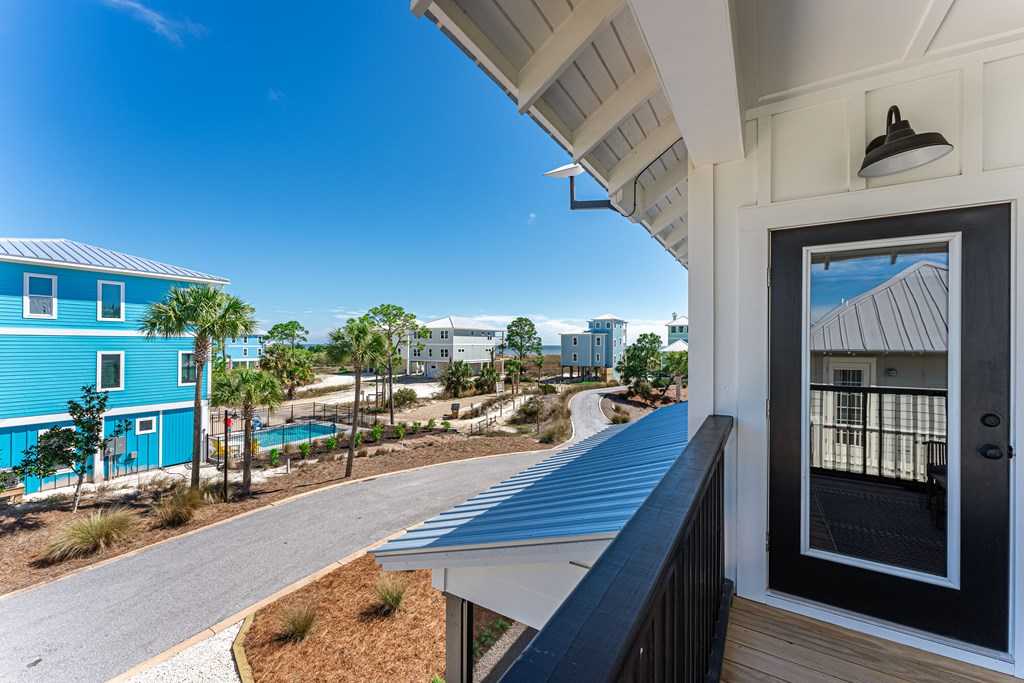When it’s time to sell your vacation home, you’re not just selling square footage—you’re selling a lifestyle. That includes the little extras that made your getaways memorable: the golf cart for sunset rides, the kayaks stacked by the dock, maybe even the paddleboards or beach cruiser bikes. So the big question is: Should you include them in the sale?
Let’s take a look at how those extras can affect buyer interest, perceived value, and your final sale price.
The Power of Lifestyle Selling
Buyers of vacation homes aren’t just looking for a property—they’re looking for an experience. Selling a home fully or partially furnished, especially with location-specific gear like golf carts, kayaks, or beach equipment, can instantly paint a picture of fun, relaxation, and convenience.
A move-in-ready lifestyle is a strong emotional pull. When buyers see a kayak already on the rack or a golf cart in the garage, they can imagine themselves using them right away. That emotional connection can lead to quicker offers and, in some cases, higher offers.
When Extras Add Real Value
1. High-Demand Gear for the Area
If you’re in a coastal town, lakefront community, or golf cart-friendly neighborhood, including these items can feel like part of the package. They add convenience for the buyer and differentiate your home from other listings.
2. Streamlined Move for Out-of-Town Buyers
Vacation home buyers often live out of town or even out of state. Bundling in recreational gear and furnishings can be a huge perk—they don’t have to shop, ship, or haul anything. That’s a win-win.
3. Marketing Boost
A listing that includes lifestyle extras gives your real estate agent more to promote. “Turnkey with kayaks included” or “Golf cart and beach gear stay with home” can stand out in online listings and attract more traffic.
When to Think Twice
1. Depreciated Value or Liability Concerns
Items like older golf carts or kayaks in questionable condition might actually be a turnoff or a liability. If the gear is worn out, outdated, or not compliant with local regulations, it’s better to remove it or offer it separately.
2. Personal Sentimental Value
If that kayak is tied to years of memories or the golf cart was a custom build, you may regret letting it go. If you’re emotionally attached to an item, take it with you.
3. Negotiation Complexity
Including extras can complicate negotiations if not handled correctly. It’s important to be specific in the listing and clear in the purchase agreement about what stays and what doesn’t.
Best Practice: Offer Extras as a Bonus, Not a Bargaining Chip
Rather than building the entire price around the extras, consider them value-adding bonuses. Mention them in the listing, but price the home based on its true real estate value. Then, let the extras sweeten the deal and possibly tip a buyer into saying “yes.”
Bottom Line:
Including your golf cart, kayaks, or even furnishings can enhance your listing and attract the right buyer faster—as long as those extras match the expectations of your target market. Talk to your real estate agent about what’s standard in your area and how to strategically market your home to maximize both interest and value.


